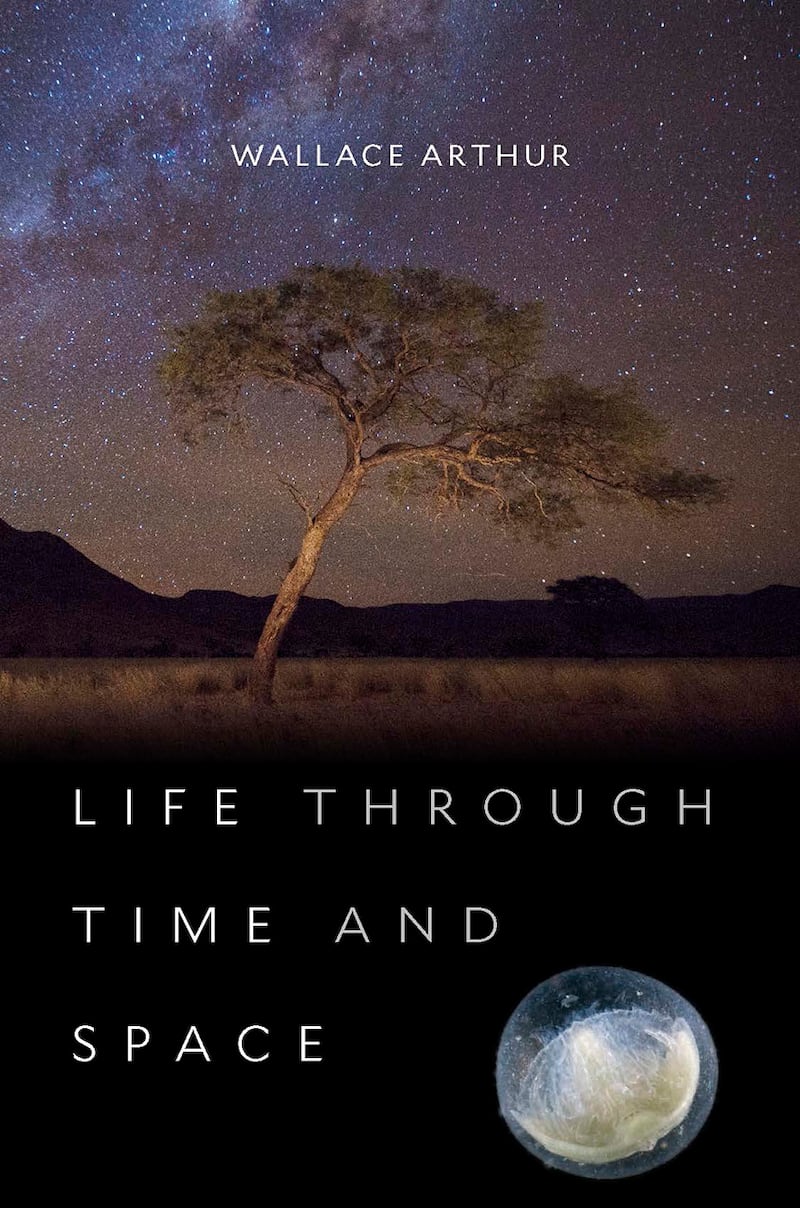An amazing explosion of human knowledge about planets – including those that may host life – has taken place in recent times. And yet this explosion is largely unknown to the general public. Why? The reason is that those small parts of it that pepper the headlines are tiny fragments of a much bigger picture. On their own, they are each fascinating and newsworthy. But fascinating fragments exposed to public view do not in themselves reveal the extraordinary march of progress in planetary science. They do not tell the story of the advancing prospects for the discovery of extra-terrestrial life – a discovery that will be of the utmost importance for humanity, and that may now be less than a decade away. So, let’s look at this story.
To begin with, we need to recognise the difference between our own local planets – from Mercury out to Neptune – and all the other planets in the Universe. The latter are collectively called exoplanets because they orbit suns other than our own. Such planets have long been suspected to exist, but it is only recently that we have evidence of their existence and, in connection with this, an idea of the sheer scale of the trillions of exoplanets that grace the Universe with their presence.
The approximate number of exoplanets that we have evidence for has risen as follows over the last four decades: 0, 10, 100, 3,500. By 2027 it will probably have risen to 10,000 plus. And this increasingly large number comes from searching only our own corner of the Milky Way; in the Universe as a whole the number of exoplanets must reach into the trillions and beyond. Is it really possible that none of these planets have life? I’d say that the answer to this question is a resounding no. Life must be everywhere – we just haven’t found it yet because it’s so far away. But we’re closing in on it fast.

If extra-terrestrial life is even vaguely like its terrestrial counterpart – for example, being based on carbon and using water as a solvent – then we would only expect to find it on a small proportion of planets. But a small proportion of a vast number is itself a huge number – providing we define huge as being smaller than vast but bigger than “very great”!
The small proportion/huge number of exoplanets that biologists are particularly interested in are those that orbit their sun in what’s called the habitable zone – the orbital zone in which liquid water can exist on their surfaces. Earth is in this zone of our own Solar System. Other systems may have no planets in this zone or several – the latter situation being exemplified by the Trappist system discovered earlier this year.
When the first exoplanets were discovered in the late 20th century, they were a bit disappointing for biologists. They mostly belonged to a class that we call “hot Jupiters” – massive planets orbiting very close to their sun, so close that their surfaces would be hellish environments for all life forms that we know of, and probably also for all those that we don’t. But as our methods of planet-hunting became more refined, quasi-Earths began to appear. I use this term to refer to planets of about the same size as Earth, orbiting their sun comfortably within its habitable zone.

The first of these planets to be discovered – in the spring of 2014 – was Kepler 186f. It gets its name from the Kepler space telescope that discovered it. We can think of the 186 as just being a number that identifies its sun, and the f as a letter that identifies this particular planet. There are at least another four planets in this system, but they are less interesting to biologists because they are too close to their sun to be habitable – at least by life as we know it. We now know of more than 20 quasi-Earths. Perhaps none of them have life; perhaps all of them do; perhaps the most likely scenario is that some do and some don’t.
How are we to find out which if any of these planets have life? The best hope is to analyse their atmospheres. This is not an easy thing to do because of the distances. We can analyse the atmospheres of our local planets, because they are so close. Even Neptune, which is about 5billion kilometres away, is “close” from an exoplanetary perspective. But our nearest exoplanet is about 25,000 times more distant. And Kepler 186f is almost 100x more distant than that. Atmospheric analysis at such distances is very difficult, but, as recent studies have proven, not impossible.
What have we found so far in this embryonic field of science? No Earth-like atmospheres yet, to be sure. But we have found atmospheres that contain oxygen at low levels. The surest sign of life will be the (imminent?) discovery of a planet with a higher level of oxygen – for example close to our own 20 per cent. Such a finding would not be conclusive proof of extra-terrestrial life, but it would be highly suggestive.
When we find it, what will this life be like? Unfortunately, our first-discovered ET will probably turn out to be more like Earthly bacteria than like an intelligent being that can "phone home". To see why I say this, you only need to think of the history of our own planet. Bacteria have existed for about 90 per cent of Earth's 4.5 billion year history. Intelligent life, in contrast, has been here for less than 0.001 per cent of that time. If evolution elsewhere takes a vaguely similar course to terrestrial evolution, then what we discover in terms of life-forms will depend on a planet's age. We should not expect to find ET – in the movie sense – on a young planet.
Wallace Arthur is Emeritus Professor of Zoology at NUI Galway, and is author of Life through Time and Space, just published by Harvard University Press












